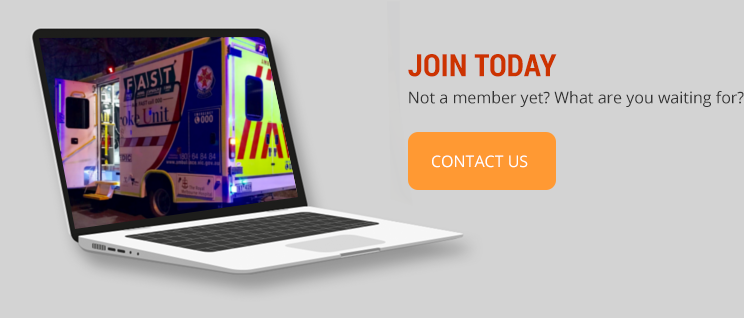
Establishing MSUs is a complex task and requires investment. The two available cost-effectiveness studies, however, both suggested that the financial expenditure pays off in the long run. There is an ongoing debate regarding the optimal setting for MSUs (e.g. rural vs. urban). For metropolitan settings, at least, time benefits justifying specialized ambulances up to average travel times of 18 minutes have been shown. All cost-effectiveness analyses of MSUs so far have had to rely on modeled assumptions of achieved functional outcomes and cost incurred for long-term care. Future research will provide real time data and determine cost effectiveness more accurately.
There are several models of MSUs, and choice/ design will depend on local driving conditions, governmental regulations, clinical objectives, as well as economic and other concerns. Fully building out and equipping an MSU will cost somewhere between 600,000 and 2 Million USD.
MSU staff requires at least two medically-trained individuals to deliver on-scene bedside care to the patient. This may be any combination of trained paramedic, registered nurse/nurse practitioner/advanced practice nurse, or physician. Also required is a radiology technologist trained in CT scanning. Having this person cross-trained as a medic may help reduce costs. One person must be available to drive the vehicle. While the first prehospital thrombolysis projects relied on physician-staffed ambulances, telemedicine should help reduce costs of staffing MSUs.